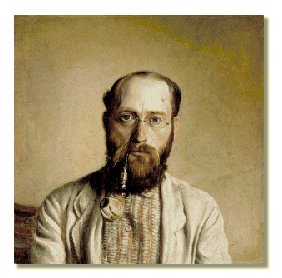 |
| PDP00027 |
William Hind was originally from England but spent the greater part of his life living in Canada. His brother, Henry Youle Hind, explorer and author, was already living in Toronto when William Hind emigrated in 1852. In Toronto William Hind became a professor of drawing at Toronto Normal School. In 1861 the Hind brothers made an expedition to Labrador, where William made sketches and watercolour paintings of the scenery and the native peoples. These paintings accompanied his brother's official report.
In spring 1862, William Hind left Toronto to travel with a party of gold-seekers headed for the Cariboo goldfields in the colony of British Columbia.
The trek lasted several months, the Overlanders arriving in Lillooet just as the snow began to fall. Hind documented this adventure through paintings and sketches which he completed on the journey.
After a short stay in the Cariboo, Hind moved to Victoria and set up a studio in which he spent the winter working on the sketches from this latest journey. Hind stayed in Victoria for several years, working as a professional artist and sign painter.
Berenice Gilmore, Artists Overland. A Visual record of British Columbia
1793-1886, Burnaby Art Gallery, 1980, p.56.
William George Richardson Hind (1833-1889) played an important role in the portrayal of life in British Columbia's past.
These "Overlanders" as they were known crossed the continent, travelling westward from the Fort Garry on the Red River, overland across the prairies and through the Rocky Mountains towards the Cariboo, which was then a site of much activity generated by the discovery of gold in that area.
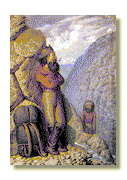
Miners in the
Leather Pass
Rocky Mountains,
1864,
PDP01214
Around about 1864 he headed back to the Cariboo and made a number of detailed, realistic oil and watercolour paintings of the gold rush These paintings document bushy-bearded, stocky prospectors climbing mountains with their packs, panning the Fraser Rivers for gold, and crowding into saloons.
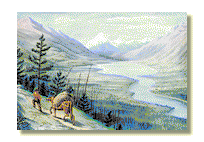
Jasper's House
1860s
PDP00407
"Hind seems to have been influenced by the Pre-Raphaelite movement, which was making a considerable impression on painting in England prior to his emigration to Canada. His work shows the brilliant colour and light favoured by that movement as well as an affinity to the realistic portrayal of the landscape. These painters chose to make a direct study of nature, casting aside the prevalent conventions of compositions and colour."
Eventually Hind left Victoria and headed back east, living in Manitoba, Nova Scotia, and eventually settling in New Brunswick, and continuing to sketch and paint everywhere. He took his Cariboo paintings and sketches along with him and they weren't rediscovered until 1927, when they were found in the attic of his brother's home in Windsor, Nova Scotia.
Selected works by William Hind:
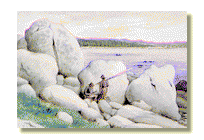 PDP01207 |
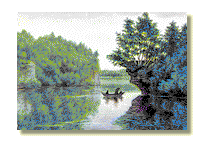 PDP01208 |
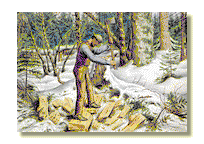 PDP01210 |
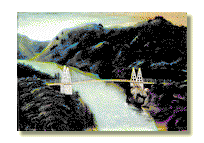 PDP01834 |
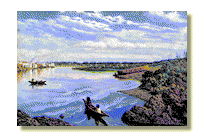 PDP02611 |
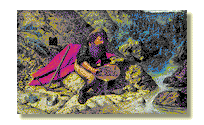 PDP02612 |
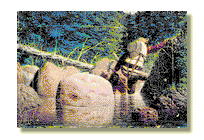 PDP00026 |
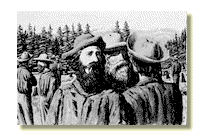 PDP00032 |
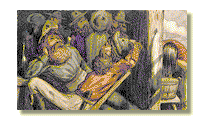 PDP00014 |
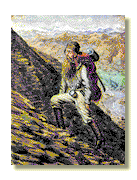 PDP00028 |
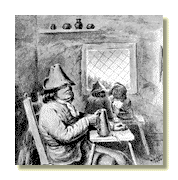 PDP00025 |
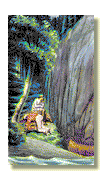 PDP01205 |



|
Last updated March 12, 1999. Produced by Industrial Art Internet Group Ltd. © 1998-1999 |
